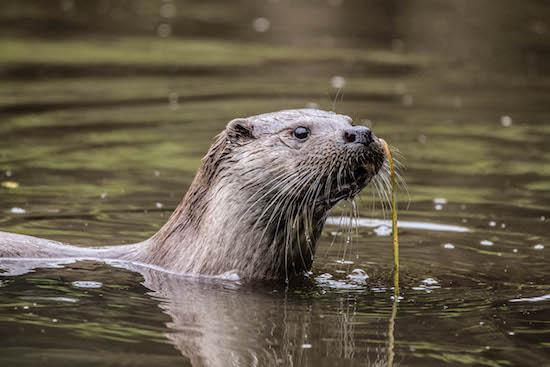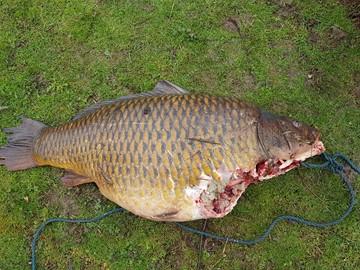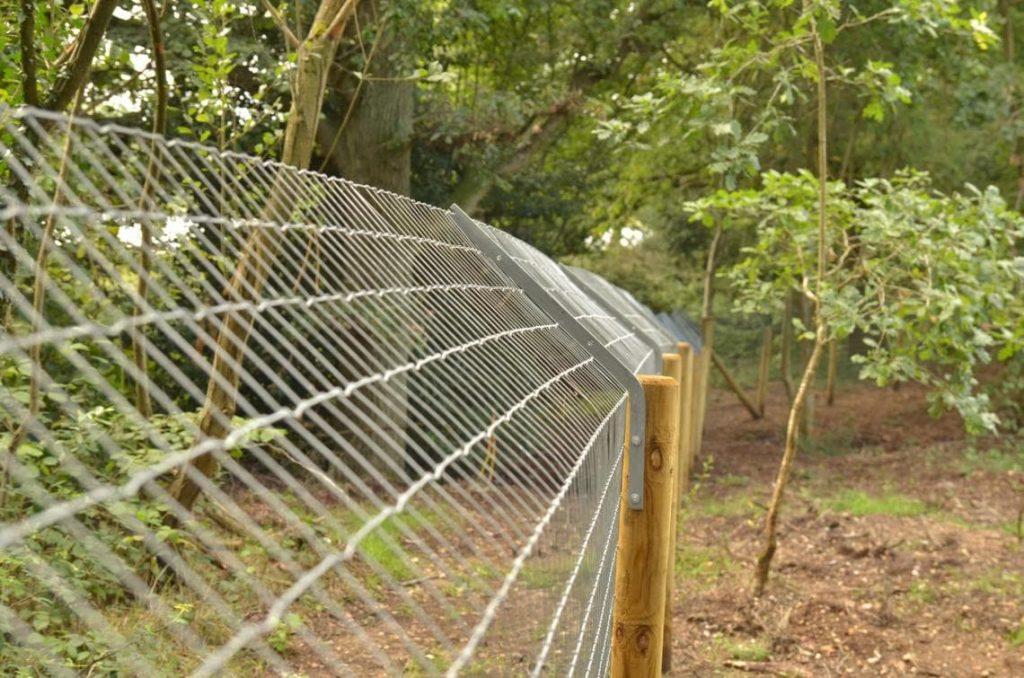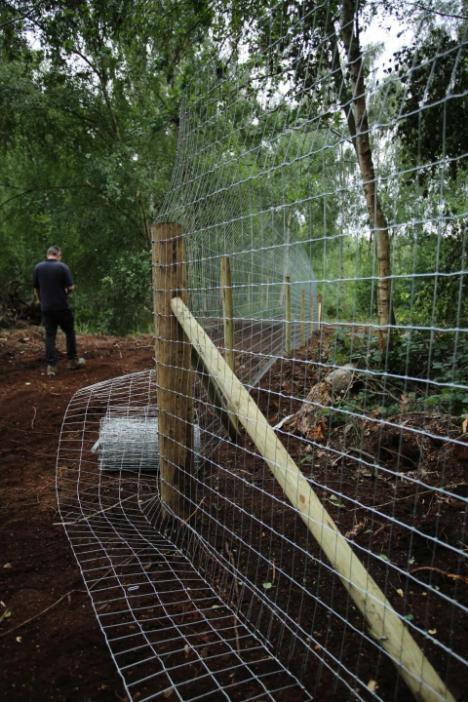In the UK, the otter population has exploded since the 1960 and 70s, when otters were close to extinction. Whilst most people would agree it is joyful to see otters thriving again in their natural habitat in the UK, if you are a carp angler or fishery owner, the sight of an otter may send a chilling shudder down your spine.

Active otters in the UK. Image credit: Angling Trust
Why has the otter population increased so much?
According to the “Fifth Otter Survey of England 2009 to 2010” which as of February 2024 remains the most recent survey, the increase of the otter population can be attributed to three main factors:
- The ban of the types of pesticides that was highly toxic and deadly to otters
- It became illegal to harm or kill otters from 1978
- The massive improvements to the water quality of UK rivers which was so bad previously that many of the rivers were devoid of fish and aquatic life
In the same survey it recorded that the otter population in England had increased 58.8 percent since the previous survey in 2009-10. In particular, the biggest increase in the otter population was on the River Thames.
Do otters live in lakes as well as rivers?
An otter’s natural habitat is primarily in rivers and wetlands. Clean rivers thriving with biodiversity including fish and crustaceans are a superb habitat. However, just like humans, if another source of food is available and this other source has more food and requires less energy to catch the food, the otters will exploit this opportunity.
Lakes which are situated close to rivers, are particularly at risk and a pair of otters have been known to devastate a small fishery in a short space of time. This advice is also very relavant to lake owners in France, particularly in the east of the country where the otter population is more prevalent.
When to decide to protect your lake from otters
Just because your lake is situated close to a river network does not necessarily mean that your fishery will attract otters. However, as a general rule, if you qualify for any of the below scenarios it would be wise to consider taking measures to protect your fishery:
- You are aware that there are otters in the area, however to your knowledge they have not been active in your fishing
- You have are encountering fishing losses but are not certain that it is otters
- You have seen otters and have positive confirmation that they are active and visiting your fishing

Clear signs of otters in a fishery. Image credit: Angling Trust
How to protect your lake from otters?
Install an otter proof fence
The only way to have confidence that your fishery is safe from otters is to install a purpose built otter fence which will need to run the entire perimeter of your lake with no gaps at all. You will also need access gates and these will also need to be otter resistant to ensure that otters can enter from under the gate or through any gaps.

An otter proof fence. Image credit: Embryo Angling
Weighing up the financial cost
An otter fence is a significant investment even for a small lake, with costs significantly rising for larger lakes. Otter fence can range in price anywhere from £25 to £40 per metre which totals up to a substantial sum of money. It is not always as simple as buying the materials and erecting the fence, the ground around the perimeter of the lake needs to be prepared and leveled. In addition to this, any trees and shrubs which cross paths with the route of the fence will need to be removed. For lakes which have areas which are not easily accessible on foot, this can become a huge task.
It is therefore highly recommended to undertake some form of a cost benefit analysis to determine if it is economically viable to fit an otter fence before making a decision.
How to erect and install an otter proof fence
So, if you have made the decision to otter fence your fishery the next big decision is who is going to install it. This is a job that needs to be done properly, any gap of greater than 50mm is enough for an otter to penetrate the fence. Therefore it is critical to the protection of your fishery that the job is done properly, otherwise you are potentially wasting thousands of pounds.
It is not only gaps that you need to be aware of, it is also being mindful that otters are very good diggers as well as climbers. It is recommended that otter fences are dug at least 900mm below ground level to ensure the perimeter fence is secure enough to prevent an otter from entering your fishery by digging under it.
The top of the fence should be angled outwards to create an overhang to prevent otters scaling over the fence.
If you are not experienced in fencing, it is recommended to use a professional company to install the otter fence. Embryo Angling is one such company that can instal your otter fence and has being offering this service since 2014.

Erecting an otter fence. Image credit: Embryo Angling
Otter Fence Maintenance
Unfortunately even once you have installed your otter fence, the work and potential expense does not stop there, however it is generally much lower.
Critical to protecting your fishery is the maintenance of otter fences. These fences are exposed to the natural elements and are susceptible to, for example, winds, rot (after a long time), rust, falling trees just to name a few. It is therefore very important to carry our regular checks and maintenance to ensure the upkeep of the fencing. It is especially advisable to cut back overhanging trees, remove diseased trees and carry out inspections after and strong winds.
As well as regular maintenance, where you have access gates to the fishery you need to have very clear sign posts to make sure that anglers do not leave them open. You may also want to consider some kind of consequence management or rules around keeping the gates closed other than times when anglers are required to pass through the gates.
Otter Removal
Finally, if otters do get into your fishery how do you go about getting rid of them. As much as many of us would like to take the matter into our own hands, unfortunately UK laws do not permit this.
Only persons with a CL36 licence which gives you permission to capture and transport live otters from inside a fishery are permitted to carry out this activity. However, the licence only applies to fisheries which have an otter fence. If your fishery is not fenced and you spot otters, it is actually illegal to remove them. This is actually a really important piece of legislation to be aware of and another plus factor of installing an otter fence.
Applying for a License to Remove Otters from Fisheries
It is possible to apply for an otter license to remove them from fisheries. This can be done via Natural England and then complete the CL36 application form on the UK Gov website